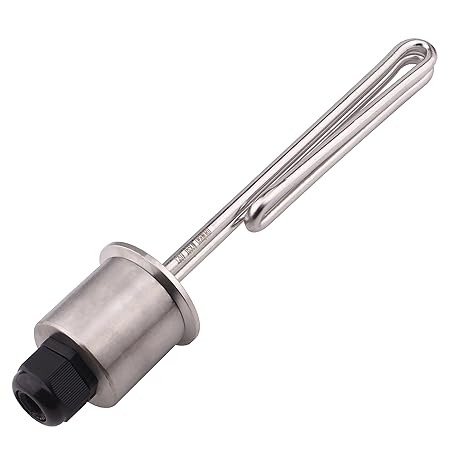junktape75
Member
- Joined
- Jul 24, 2019
- Messages
- 7
- Reaction score
- 1
Can someone play devils advocate and tell me why I should not place a 2' TC 64OD electric heating element into the mouth of Sanke keg, (spare removed) and invert it to make a boil kettle. Obviously, the question begs why, especially if you're going to need to vent it and create a hole on top to drop in hops etc. Well, besides the cost, having an unused 1/2 barrel keg begging to be utilized i thought it would be pretty cool given that their is so many cheap TC elements on the market now with a SS304 enclosures. You'd obviously not need to do any silver sodering, tig welding or even take the entire top off with someone jig'd up saw.. A simple hole, using a step bit and you would have a great low budget BK. Hell, you could actually put a TC Tee and have a dump port... Safety would be my biggest concern but i cant think why it would be any different from having it on the side; and you accounted for boilovers... Just spitballing but thought i would float it by you guys
Last edited:


























![Craft A Brew - Safale S-04 Dry Yeast - Fermentis - English Ale Dry Yeast - For English and American Ales and Hard Apple Ciders - Ingredients for Home Brewing - Beer Making Supplies - [1 Pack]](https://m.media-amazon.com/images/I/41fVGNh6JfL._SL500_.jpg)
































